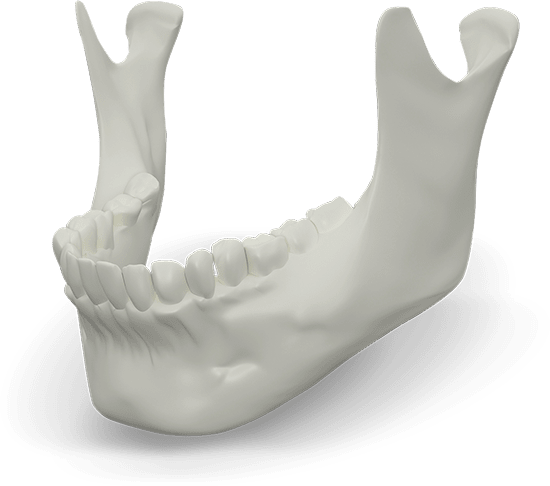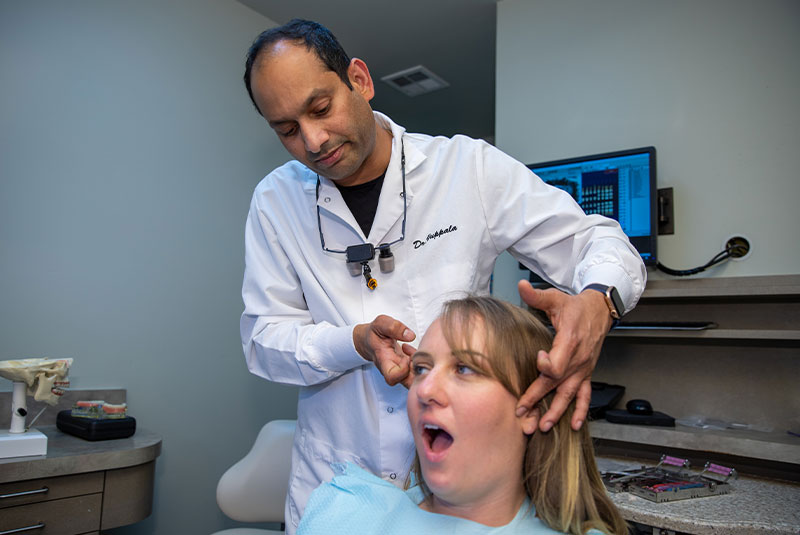Will I Need a Bone Graft for Dental Implants

What is bone augmentation?
Why does the jawbone lose density in the first place?

Bone grafting Q & A
When is bone grafting necessary for dental implants?
If you have lost bone density, your jawbone may no longer be thick enough for an implant. When replacing your teeth with dental implants, a dentist will be surgically placing a small titanium post under your gums and securing it to your jawbone. As such, your jawbone must be dense enough to support the post. Think of it in the same way as if you were building a piece of furniture. The wood you were using would need to be thick enough for the screw. Otherwise, it would not be able to screw in all the way. A bone grafting procedure can increase the density of your jawbone so that the titanium post is a perfect fit.
Whose bone is used for the actual graft?
Your own bone can be used or processed bone may be used. Additionally, there are some newer technologies that may not require bone at all but can work to actually transform cells into bone. However, this is new technology and may not work for everyone.
What happens before the procedure?
Images will need to be taken of your bone so that the dentist and surgeon can create a plan for how to augment it. This is typically done using a CT scan. Additionally, you will need to decide whether you want to use processed bone or have bone taken from somewhere else in your body.
What is the bone grafting procedure like?
Most likely you will be put to sleep for this procedure. No matter what, the area will be numbed with anesthesia. This applies to your gums and to any area from which bone is being removed. Next, an incision will be made in your gum tissue and a flap created so that your bone is visible. This allows the surgeon to identify exactly how much bone needs to be placed there. If bone is being taken from somewhere else, an incision will be made so that the bone can be extracted at this time. Grafting material will be placed where the bone once was and that area will be stitched up. Next, the new bone will be anchored to your jawbone using a titanium screw. Other grafting material may be used to surround that new block of bone. Some surgeons may also place membrane material around the bone graft. Afterward, the area will be closed and sutured.
What is the recovery time and how will I feel afterwards?


Is this a common dental procedure?




